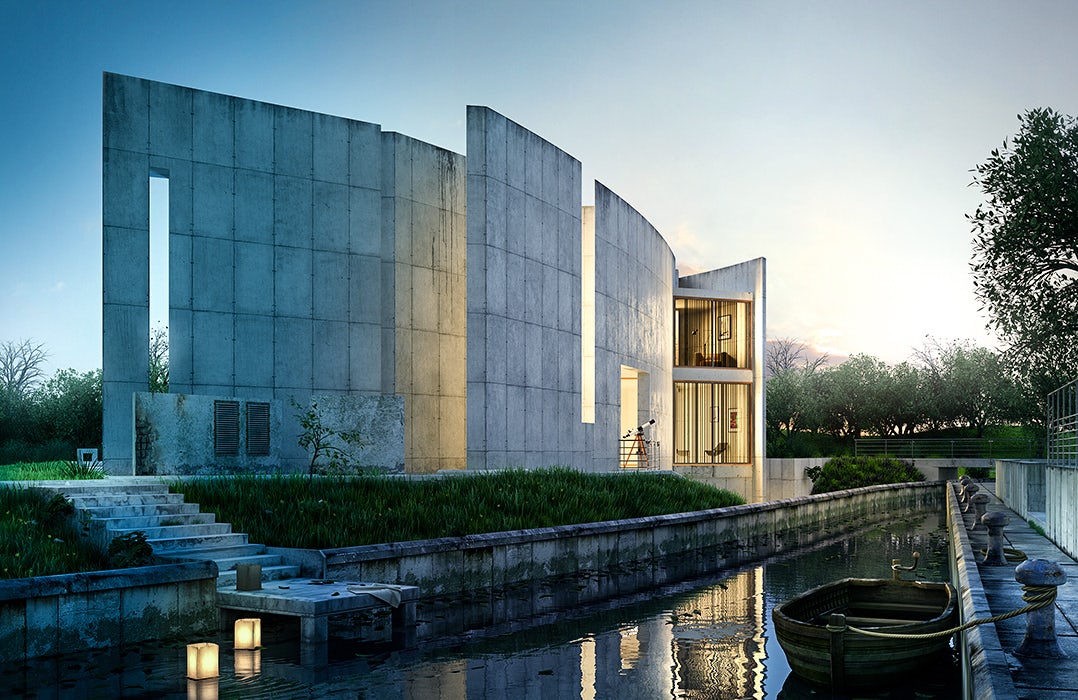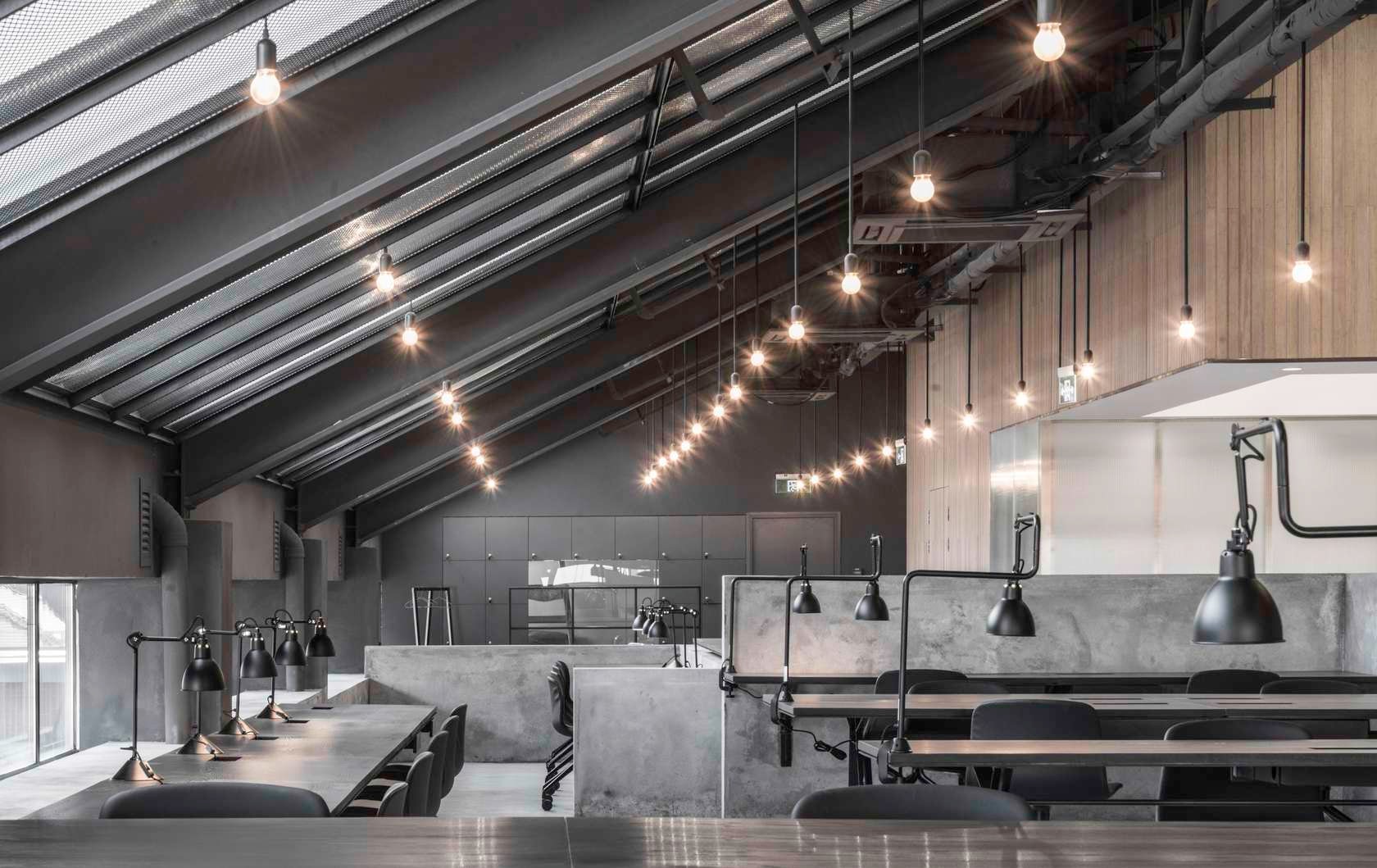Now is the time to enter the 5th Annual A+Awards — the world’s largest awards program for architecture and products. The final entry deadline is Friday, January 27!
Architects appreciate the importance of embracing all things innovative, from emerging technologies like 3D printing and virtual reality to cutting-edge building products that help provide better-quality housing and advance sustainable design. It is therefore vital that any awards program designed to recognize their work constantly is updated to form an accurate reflection of this evolving profession.
It should come as no surprise, then, that a grand total of 22 new categories have been unveiled for the fifth annual A+Awards, carefully selected to give pioneering architects and product designers the best-ever chance for their work to be celebrated on a global stage. Here, we pick out the key categories you should be aware of when considering which projects you will submit for this year’s awards.
CLICK HERE TO SUBMIT YOUR PROJECT NOW.

A detail from SHoP Architects’ scale model for the Uber Headquarters in San Francisco, Winner in the 2016 A+Awards for Unbuilt Commercial; read more about the project in our in-depth feature, “From Model to Masterpiece.”
Architecture +Models & Rendering
As all architects know, behind every built project and concept, an amazing amount of work goes into the visual representations that help make projects a reality. Reflecting this fact, Architizer is excited to announce a brand-new category for this year’s A+Awards dedicated to rewarding the best physical models and renderings, for which both built and unbuilt projects are eligible. If your presentational materials are beautifully crafted and spark the collective imagination, now is your chance to have them celebrated by an international audience.
A special lower entry fee for this category makes it ideal for young architects and students who may yet have a built project to their name, but who deserve to be rewarded for the skill and ingenuity behind their proposals. It is also a golden opportunity for you to gain global recognition for any competition entry you may have composed in recent times. This is the chance for all that hard work to be given a new life and — just maybe — win one of architecture’s most prestigious awards!

GH House conceptual rendering by Anton Cherenko; image via Ronen Bekerman
Unbuilt Residential
Whether they are constructed or not, all great ideas deserve a stage, and now they have one: Additional unbuilt categories for residences at every scale will provide architects around the world with the chance to have their incredible concept designs viewed by millions. There are four new categories in this area: Unbuilt — Small Private House (<3,000 square feet), Unbuilt — Large Private House (>3,000 square feet), Unbuilt — Small Multi-Unit Housing (<10 floors) and Unbuilt Large Multi-Unit Housing (>10 floors).

© Dirk Weiblen
Flamingo Shanghai Office : The Attic by Neri & Hu, Shanghai, China, Popular Winner in the 2016 A+Awards for Office Interiors
Showrooms, Offices and Co-Working Spaces
Commercial interiors have grown into a highly significant typology in recent years, with architecture firms consistently overturning conventions to create spaces that reflect the changing nature of modern-day workspaces. This is reflected with the introduction of three new categories — Showrooms, Small Office Interiors (<25,000 square feet) and Large Office Interiors (>25,000 square feet).
Furthermore, Coworking Spaces now have their very own category, reflecting the extraordinary rise in entrepreneurship based on the sharing economy. Submissions in this category are encouraged for designers of innovative built spaces where companies, individual businesspeople and freelance workers share quarters with one another.

“Fabrik” by Shildan, Popular and Jury Winners in the 2016 A+Awards for Facades & Glazing
Products: Building Products
The new Building Envelopes & Cladding category includes all manner of exterior sidings and building envelope products, from panels, masonry and rainscreen systems to moisture-control products and SIPs (this category also includes roofing). Secondly, a category dedicated to all Glazing Systems & Products has been introduced, open to entries for architectural, low-e, birdsafe and switchable/dynamic glass, as well as framing systems, supports and fittings for curtain walls, structural glazing, storefronts and interior walls.
Finally, a catchall category for Windows & Doors now includes doors, windows, roof windows/hatches and skylights (both fixed and operable); door, window and skylight hardware including latches, handles, locks, cranks, hinges and pivots. Window covering and shading hardware is also accepted in this category.

Cork Cloth by HBF,Popular and Jury Winners in the 2016 A+Awards for Textiles
Products: Finishes
Get your screens, canopies and tensile structures in the spotlight by entering your product for the revamped Fabric & Textiles award. This catchall category includes upholstery and drapery textiles, window shade fabric, outdoor and awning textiles, tensile structure textiles and space division textiles such as hanging felt panels and screens.
The opportunity for the world’s best interior finishes to be recognized has also been increased with the introduction of the Wall Coverings & Ceilings category. Entries welcomed within this segment of the awards include whole ceiling systems, ceiling tiles and clouds for either residential or commercial settings. Wall coverings may include wallpaper, panels and panel systems and acoustical coverings.

Moving Floors by Mohawk Group, Popular and Jury Winners in the 2016 A+Awards for Flooring – Soft
Products: Flooring
There are few things more important in architecture than what’s beneath our feet, and this fact is reflected by more clearly defined iterations of last year’s Flooring categories in two distinct types: the Flooring – Carpet category and the Flooring – Hard Surface category.
The former of these is designated for modular carpet tiles and planks, broadloom, area rugs and hybrid woven products, while the latter is for flooring products including wood or engineered wood, LVT, resilient, terrazzo, regular and large-format tile with slip resistance, floor pavers, quartz composite, natural or engineered stone and metal.

The STAND Washstand and Bathtub by Norm Architects, Popular and Jury Winners in the 2016 A+Awards for Bath – Fixtures & Fittings
Products: Kitchen & Bath
The design of these two rooms is arguably the most critical to the creation of a perfect residence. Accordingly, there are two new categories dedicated specifically to kitchen and bathrooms this year: one for Cabinetry of all kinds and one for the best-designed Fixtures & Fittings.
The first of these encompasses submissions for built-in cabinetry in kitchen and bathroom settings including vanity cabinets, cook island cabinets and medicine/mirrored cabinets, and also includes entries for entire kitchen furniture systems. The second, for fixtures and fittings, includes products such as sink faucets and taps, tub spouts, tub filler handles and controls and sanitaryware including toilets, urinals, sinks and bathtubs. This category also incorporates built-in elements such as shower bases and doors/enclosures.

The BIMx PRO GRAPHISOFT App,Popular and Jury Winners in the 2016 A+Awards for Apps; image via GRAPHISOFT
Products: Technology
Many of the most exciting innovations within architecture in recent years have been technological advancements that help architects to design buildings more effectively than ever. To recognize the very best of these, a new category dedicated to Apps & Digital Tools is set to be one of the most hotly contested of this year’s A+Awards.
Tech is also becoming an increasingly integral part of architecture itself, and this is reflected by the new Smart Home category. Submissions in this section are invited for innovative home automation products, connected systems and appliances, wireless home security/surveillance, lighting systems and anything related to the Internet of Things for residential settings.
Found your perfect category? Click here to enter your project for this year’s A+Awards.









